These 5 Louisville landmarks rose up from former tainted brownfield sites
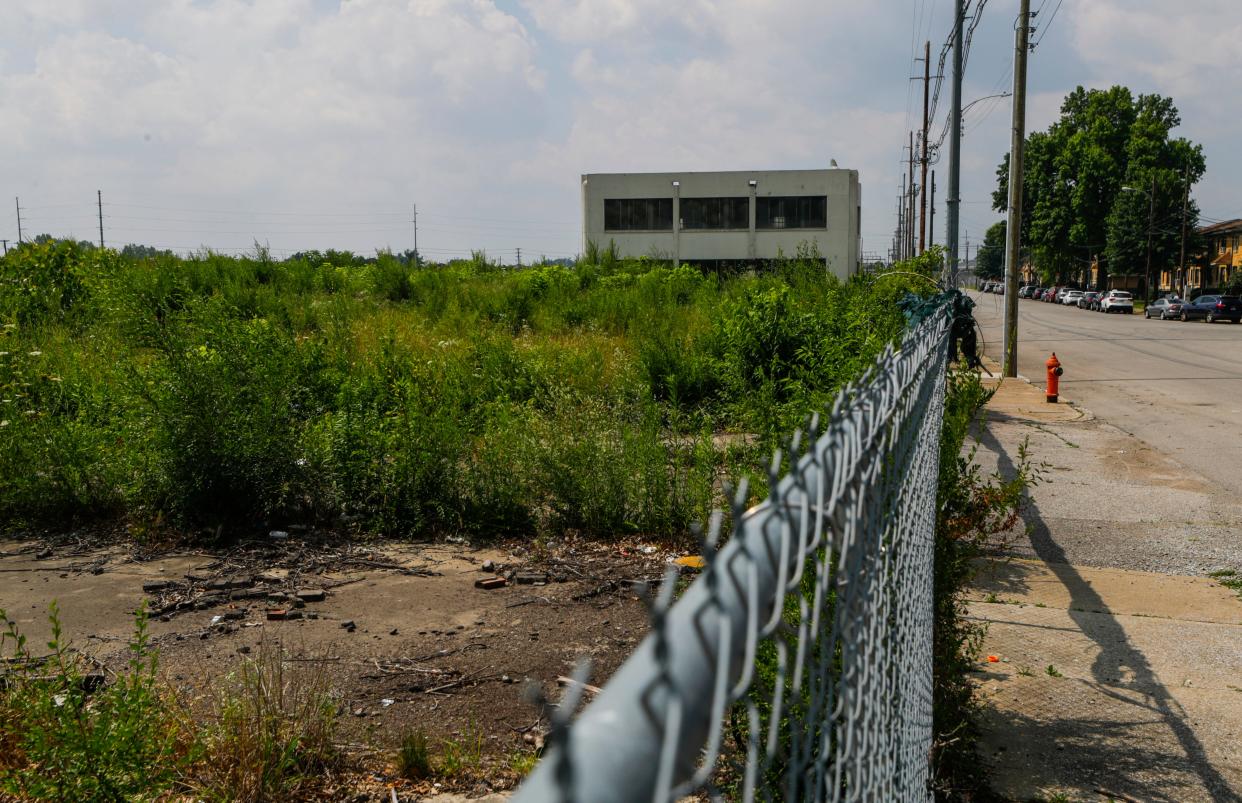
Maybe there's arsenic in the soil, lead in the walls or asbestos in the ceiling.
A property might have once been a chemical plant, an arena, a landfill, a dry cleaning joint or a gas station.
Brownfields aren't all one thing. Collectively, the U.S. Environmental Protection Agency uses the term to refer to "a property, the expansion, redevelopment, or reuse of which may be complicated by the presence or potential presence of a hazardous substance, pollutant, or contaminant."
In Louisville, these properties are disproportionately centered around the urban core, where there is less wealth. They're often blemishes in their neighborhood, potentially lowering nearby property values and even posing a risk to public health, depending on the severity of chemical contamination.
The EPA maintains a list of brownfields based on properties that have received funding to address past contamination. The agency's public data is far from comprehensive, but it lists more than 80 locations in Jefferson County where chemical contamination complicates a property's potential for redevelopment.
It's difficult to keep track of these properties. For example, in the Russell neighborhood, the EPA's data lists less than a dozen, but a closer look by the University of Louisville's Center for Environmental Policy and Management inventoried 100 sites of interest.
And once brownfields are identified, they can be expensive to fix.
The long-vacant former Rhodia chemical plant site between Seventh, 11th and Hill streets will soon undergo remediation using $10 million in federal funding, Louisville officials announced last month. In May, the EPA granted the city $1 million to remediate the historic Louisville Gardens property downtown.
For neighborhoods like Russell, where brownfields abound, redevelopment of the contaminated, long-vacant sites could be key to community prosperity.
But even once a property is redeveloped, there is a risk of gentrification and "involuntary displacement," said Lauren Heberle, associate professor of sociology at the University of Louisville and director of the Center for Environmental Policy and Management. A revived property could increase nearby property values and price out longtime residents, making community input an important part of redevelopment efforts.
And interest in redevelopment has been slower in the West End compared to more central locations, like the city's downtown waterfront area, Heberle said.
Brownfields are a problem, but they also represent possibility. Here are five brownfields that became Louisville landmarks.
Waterfront Park
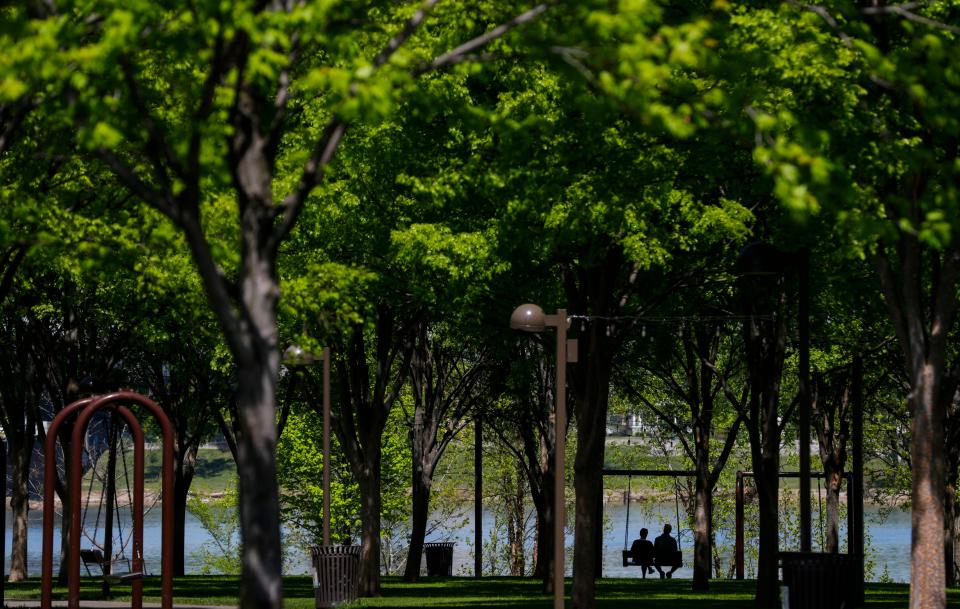
A revitalization of Louisville's Ohio River waterfront started with addressing a stretch of brownfield property.
Developers broke ground on the green space in 1992, "once a wasteland of scrap yards and abandoned industrial buildings," according to the organization behind the corridor.
Waterfront Park has since expanded in phases, with the latest 22-acre stretch into the West End breaking ground last year.
Norton Healthcare Sports & Learning Center
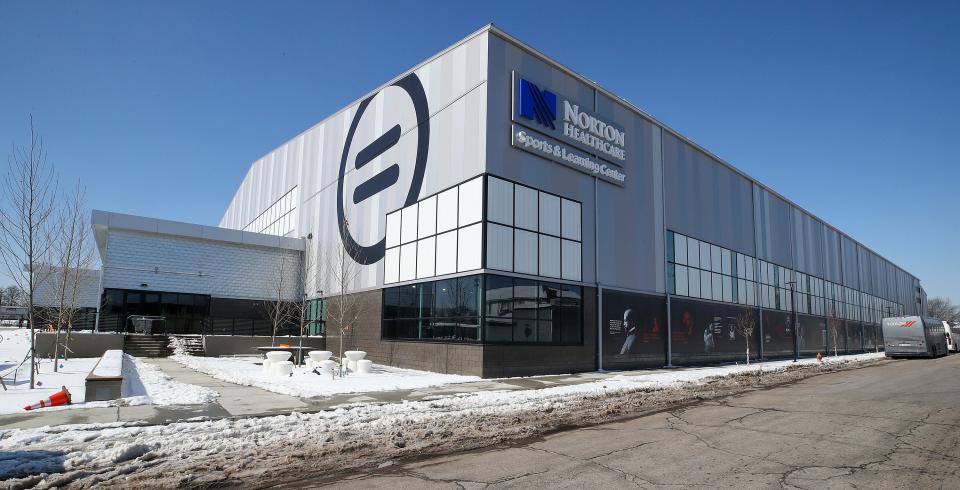
This property was formerly home to National Tobacco Co.'s processing and storage operations.
Contaminants had impacted the site's soil and groundwater, according to an EPA report.
The $53 million Norton Healthcare Sports & Learning Center filled the lot, which had sat empty for a decade in west Russell, opened by the Louisville Urban League in 2021.
It has since supported Black business, attracted prestigious athletic events and served as a pillar of hope for long-underserved communities in the West End, where, too often, "things always get started and not finished," former Louisville Urban League President Sadiqa Reynolds told The Courier Journal in 2021.
Waterfront Botanical Gardens
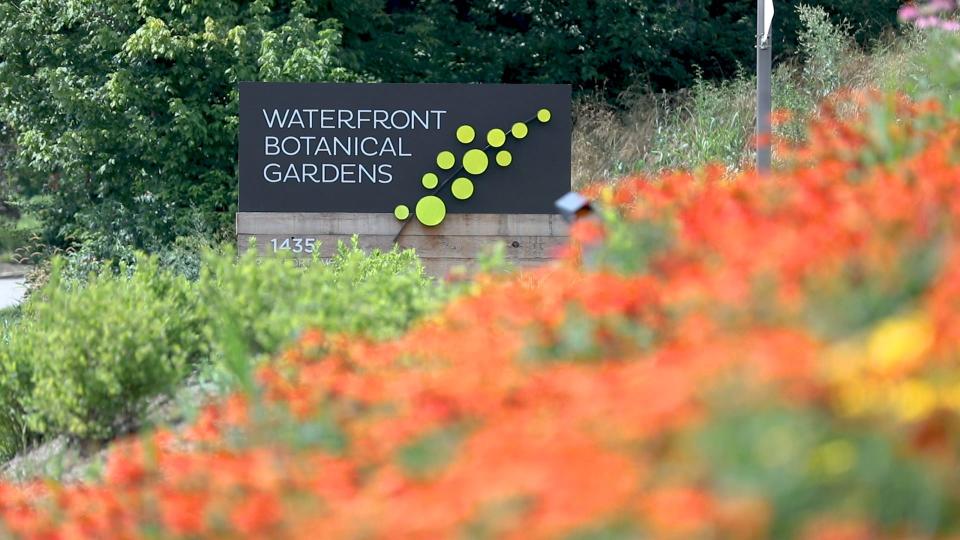
Louisville's Waterfront Botanical Gardens came about by redeveloping a brownfield "from landfill to landmark."
Once a residential area known as The Point, severe flooding culminating with the notorious 1937 deluge caused such severe damage that the area was turned into a landfill.
The Ohio Street Dump operated until the 1970s, and "frequently caught fire, smoldering for days on end," according to the botanical gardens' chronicling of the site's history. A dirt cap on the property, water quality monitoring and environmental assessments followed.
The site is now home to the award-winning botanical gardens, which in 2021 brought in 20,000 visitors.
Lynn Family Stadium
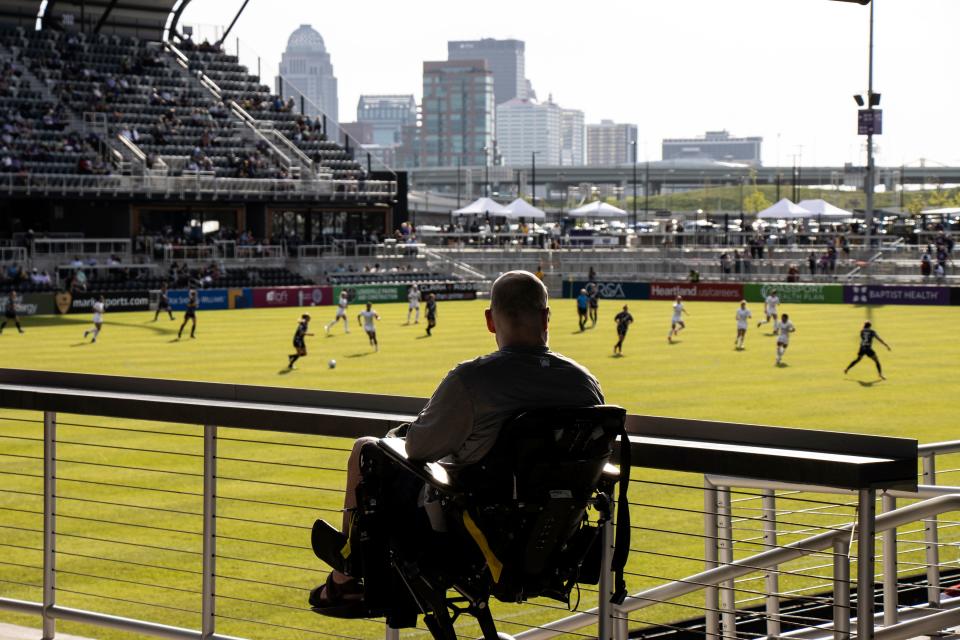
Before this stadium was constructed, the Butchertown property along Interstate 64 was dotted with rusting storage tanks and used cars.
Redevelopment sought "to transform that embarrassing space into something spectacular," former Mayor Greg Fischer said in his State of the City remarks last year.
The site's redevelopment won a national 2022 Phoenix Award, which recognizes successful redevelopments of brownfields. In 1999, the same award was given to then-Cardinal Stadium, home of the University of Louisville's football team, which was built upon a former railyard that had tested positive for dozens of toxic chemicals.
Louisville Slugger Field
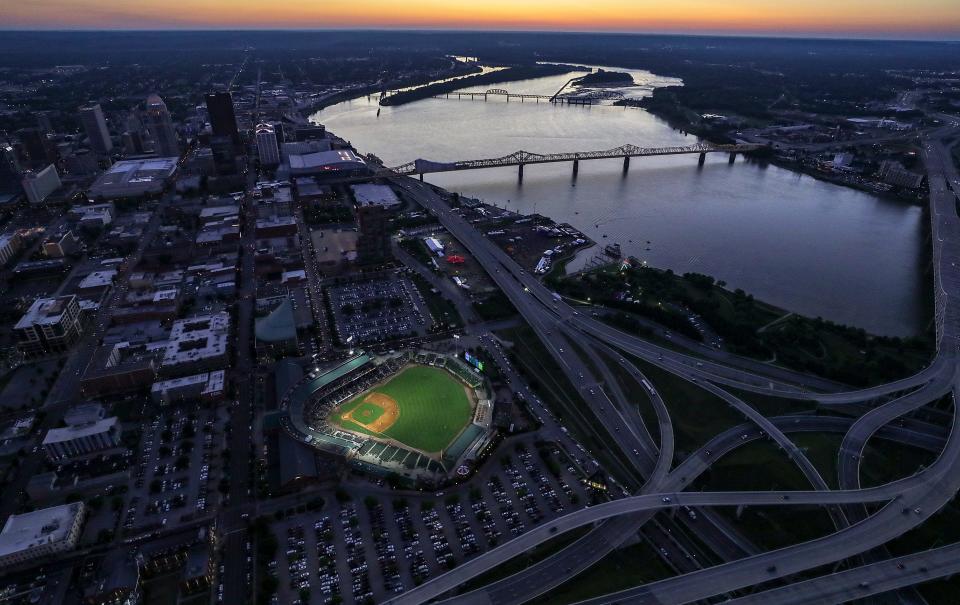
This minor league ballpark's development was tied to Louisville's efforts to reclaim the waterfront, and it was built upon a former train depot.
The long history of industrial uses of the waterfront area had complicated development in the area. A report from the EPA lauded the site's new use as an example of revitalization in southeastern communities.
Louisville Gardens
This arena has stood for more than a century, hosting performances like Frank Sinatra, Stevie Wonder, Bob Dylan and Elvis, and speeches from Martin Luther King Jr. and President Harry S. Truman.
It's already a Louisville landmark, but not yet an example of successful brownfield revitalization.
The city-owned, vacant building at 525 W. Muhammad Ali Blvd. is being prepped for a new life. Officials announced late last year it will soon house production facilities, with sound stages for film, music and digital production, The Courier Journal reported.
Before that vision can take shape, developers will need to address contamination issues. Assessments published by the city show the presence of lead, asbestos and other concerns from the building's long history.
Connor Giffin is an environmental reporter for The Courier Journal and a corps member with Report for America, a national service program that places journalists in local newsrooms to report on under-covered issues. The program funds up to half of corps members’ salaries, but requires a portion also be raised through local community fundraising. To support local environmental reporting in Kentucky, tax-deductible donations can be made at courier-journal.com/RFA.
Learn more about RFA at reportforamerica.org. Reach Connor directly at cgiffin@gannett.com or on Twitter @byconnorgiffin.
This article originally appeared on Louisville Courier Journal: What's a brownfield? 5 Louisville landmarks that overcame a toxic past

